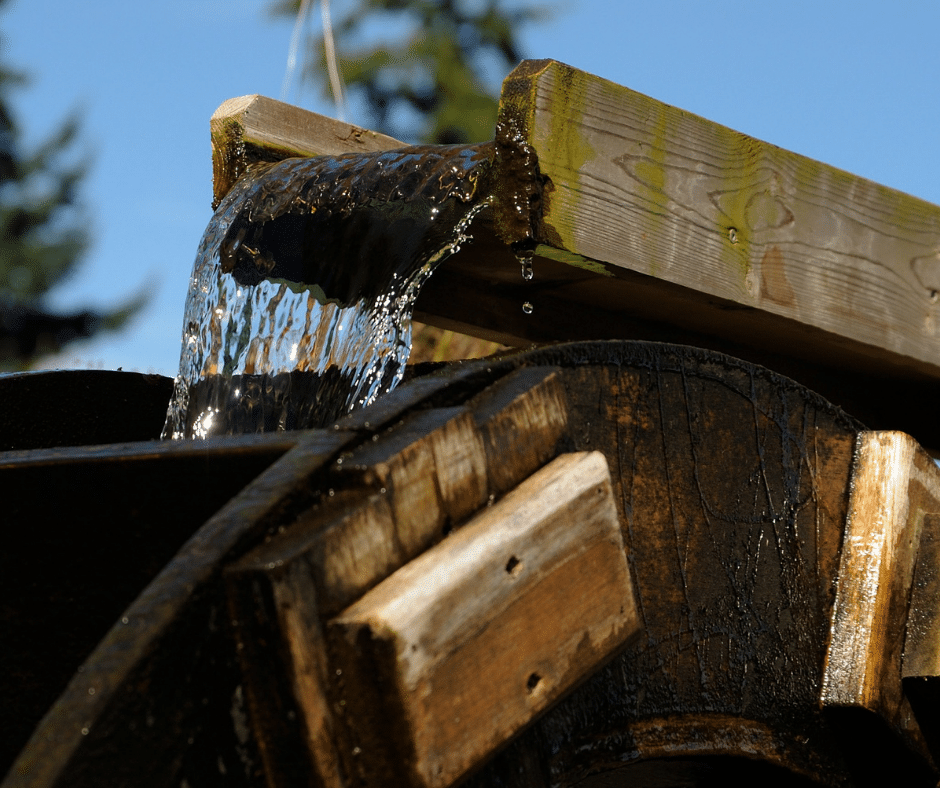A water wheel is a device that uses the gravitational pull of water to turn gears and make things move. It was invented in ancient China around 500 B.C., although they were not put into practical use until much later (around A.D. 100). The reason why such a device didn’t become popular at that time is that nobody knew about using water for power.

The first person who really understood the massive potential of water wheels was a famous Greek scientist named Archimedes (287-212 B.C.). As everybody knows, he discovered some key principles of physics and many other essential things, but it is often forgotten that he also created various devices to improve life in his city. One of them was a crane that greatly increased the productivity of the port where he worked. His most famous invention, however, was the water wheel.
Archimedes discovered that if you place your body in a container full of liquid and raise it with the help of some rope attached to an object on the ground above you will experience less resistance than if you try to lift the same object straight up. He also realized that if he could fit a large number of rotations into a single revolution, his machines would be more efficient.
So he came up with a simple but brilliant idea: he attached the rope to one point on the circumference and let it go over the center of gravity of the water wheel, which he called a “fulcrum,” so that the force of the weight would be added to his own strength.
Archimedes’ invention was improved in many ways throughout history. For example, someone realized that instead of carrying out laborious work by hand, one could attach a rope to a bucket and let it go around the wheel. You could also equip your water wheel with buckets that would dip into the river when they reached the bottom of their rotation and lift the water up again when they rose to the top, so you didn’t have to carry heavy loads by hand either.

Sooner or later people also realized that if they installed an axle horizontally in the water wheel, they could use it to turn a millstone and grind flour for bread. This was the birth of the mill (and its sister invention, the bakery).
Soon enough people discovered that if they placed several wheels in series along a river, they could produce even more power. And this is how we got our modern hydroelectric power plant, which is a series of water wheels placed on top of each other and turned by the same river.
In conclusion, the water wheel has made our lives much easier and more comfortable. Even though Archimedes is not well-known today, everybody who eats sliced bread should say “thank you” to the great Greek scholar every morning.
